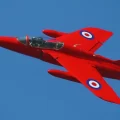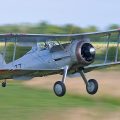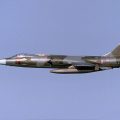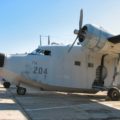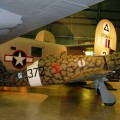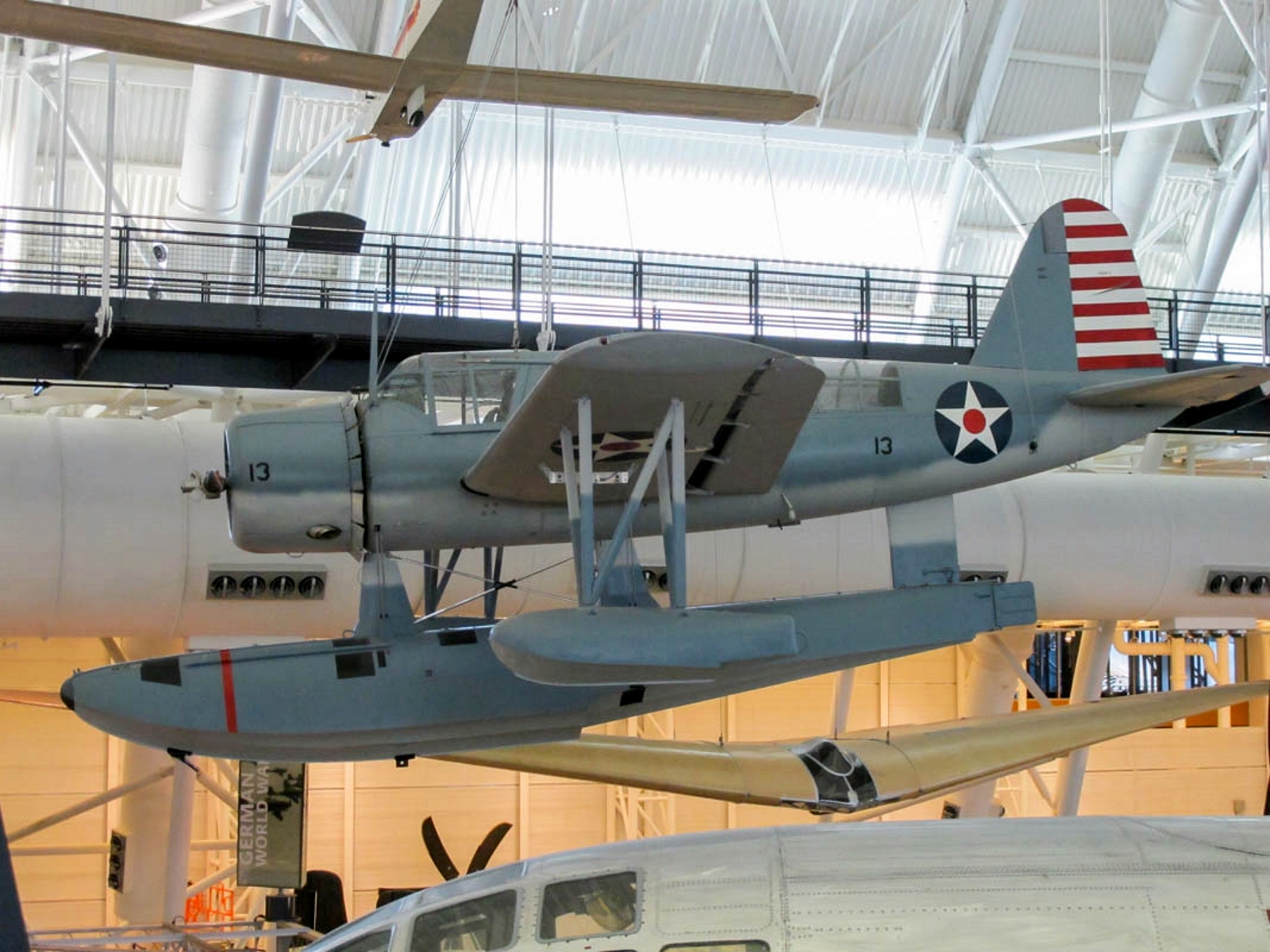
Vought OS2U Kingfisher | |
|---|---|
| Land | Norge , Norge |
| Rolle | Observasjon flytefly |
| Første flytur | 1938 |
| Bygget | 1519 |
Den Vought OS2U Kingfisher was an American catapult-launched observation floatplane. It was a compact mid-wing monoplane, with a large central float and small stabilizing floats. Performance was modest, because of its light engine. The OS2U could also operate on fixed, wheeled, taildragger landing gear. The OS2U was the main shipboard observation aircraft used by the United States Navy during World War II, and 1,519 of the aircraft were built. It served on battleships and cruisers of the US Navy, with the United States Marine Corps in Marine Scouting Squadron Three (VMS-3), with the United States Coast Guard at coastal air stations, at sea with the Fleet Air Arm of the Royal Navy, and with the Soviet Navy. The Royal Australian Air Force also operated a few Kingfishers from shore bases.
| Vought OS2U-3 Kingfisher Walk Around | |
|---|---|
| Fotograf | Vladimir Yakubov |
| Lokalisering | Nasjonalt luft- og rommuseum |
| Bilder | 100 |
Relaterte sett:
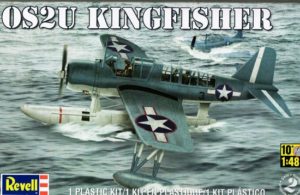
| Kingfisher Walk Around | |
|---|---|
| Fotograf | Jose Brito |
| Lokalisering | Unknow |
| Bilder | 17 |
Finn sett på eBay:
| Vought OS2U-3 Kingfisher Walk Around | |
|---|---|
| Fotograf | Unknow |
| Lokalisering | Unknow |
| Bilder | 18 |
Les også:
Tekniske spesifikasjoner for Vought OS2U Kingfisher
Vought OS2U Kingfisher var et amerikansk observasjonsfly som tjenestegjorde under andre verdenskrig. Det ble katapult-lansert fra slagskip og kryssere og kunne også operere på land med fast landingsutstyr. Den hadde en særegen midtvinget monoplan design med en stor sentral flottør og små stabiliserende flottører. Den var også utstyrt med deflektorplateklaffer og hengende balanseror for å øke løftet og redusere landingshastigheten.
Noen av de tekniske spesifikasjonene til OS2U Kingfisher, basert på ulike kilder.
| Spesifikasjon | Verdi |
|---|---|
| Produsenten | Vought |
| Rolle | Observasjon flytefly |
| Første flytur | 1938 |
| Antall bygget | 1,519 |
| Mannskapet | 2 (pilot og radiooperatør/skytter) |
| Motor | Pratt &; Whitney R-985-4 Wasp Junior stjernemotor, 450 hk |
| Vingespenn | 10,97 m (36 fot) |
| Lengde | 10,24 m (33 fot 10 tommer) |
| Høyde | 4,6 m (15 fot 1 tommer) |
| Vekt (tom) | 1,870 kg (4,123 pund) |
| Vekt (lastet) | 2,540 kg (5,600 pund) |
| Toppfart | 264 km/t (164 mph) |
| Cruise hastighet | 188 km/t (117 mph) |
| Rekkevidde | 1,610 km (1,000 mi) |
| Tak | 3 780 m (12 400 fot) |
| Bevæpning | One 7.62 mm (0.30 in) Browning M1919 machine gun for the pilot One or two 7.62 mm (0.30 in) machine guns on a flexible mount for the radio operator/gunner Two 45 kg (100 lb) bombs or two 147 kg (325 lb) depth charges |
Den Vought OS2U Kingfisher was a versatile and reliable observation floatplane that served the U.S. Navy and its allies during World War II. It was designed by Rex Beisel, who also created the famous Vought F4U Corsair fighter. The Kingfisher was a compact mid-wing monoplane with a large central float and two smaller wing-mounted floats. It could also operate from land with a conventional wheeled landing gear.
Kingfisher hadde en enkelt Pratt &; Whitney R-985 stjernemotor som produserte 450 hestekrefter, noe som ga den en maksimal hastighet på 264 km / t og en rekkevidde på 1,300 km. Den hadde et mannskap på to: en pilot og en observatør/skytter. Piloten hadde et fast fremoverskytende maskingevær, mens observatøren hadde en eller to fleksible maskinpistoler på et ringfeste. Kingfisher kunne også bære bomber eller dybdeladninger for anti-ubåtoppdrag.
Kingfisher ble katapult-lansert fra slagskip og kryssere, og kunne gjenvinnes med kran eller ved landing ved siden av skipet. Den utførte forskjellige roller, som speiding, dirigering av marineskyting, redning av nedskutte flyvere og anti-ubåtpatruljer. Den ble også brukt av US Coast Guard, US Marine Corps og flere utenlandske luftstyrker, inkludert Royal Navy, Royal Australian Air Force og Sovjetunionen.
Den Kingfisher was produced from 1940 to 1945, with a total of 1,519 units built. It was retired from service in 1959 by Cuba, the last operator. It is considered one of the most successful observation floatplanes of all time.
Views : 6300



